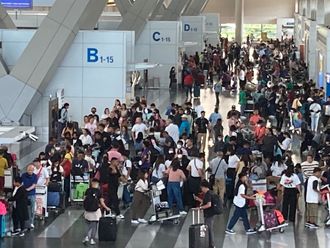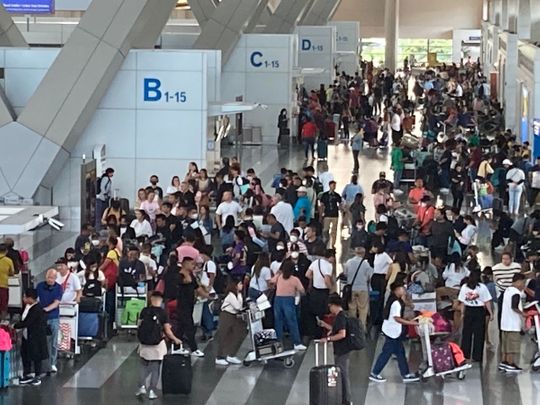
Manila: The Philippines is getting a new airport. It’s called the New Manila International Airport (NMIA) and it’s being built in Bulacan.
But does Manila really need a new airport?
Simple answer: Yes.
The case for a new airport
The mega Manila urban region, which includes the surrounding provinces, has a population of 26.4 million people (more than four 4x bigger than the Singapore's 5.92 million inhabitants, as of 2023), and desperately needs a new international airport.
The current primary gateway, the Ninoy Aquino International Airport (NAIA), has long been plagued by overcrowding, inefficiency, and outdated infrastructure.
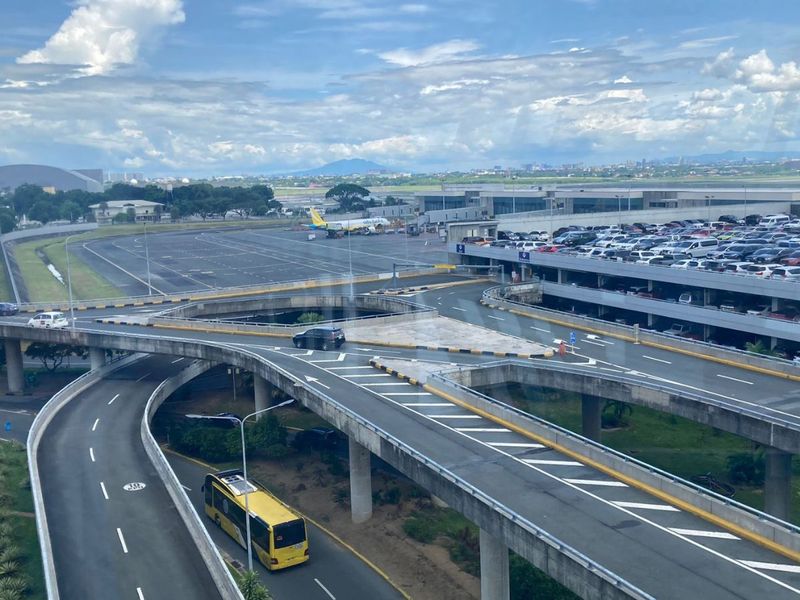
This has led to frequent flight delays, cancellations, and a subpar passenger experience.
NAIA can’t handle the growing number of passengers and flights.
Rising demand
As the Philippines continues to grow and attract more tourists, the demand for air travel is steadily increasing.
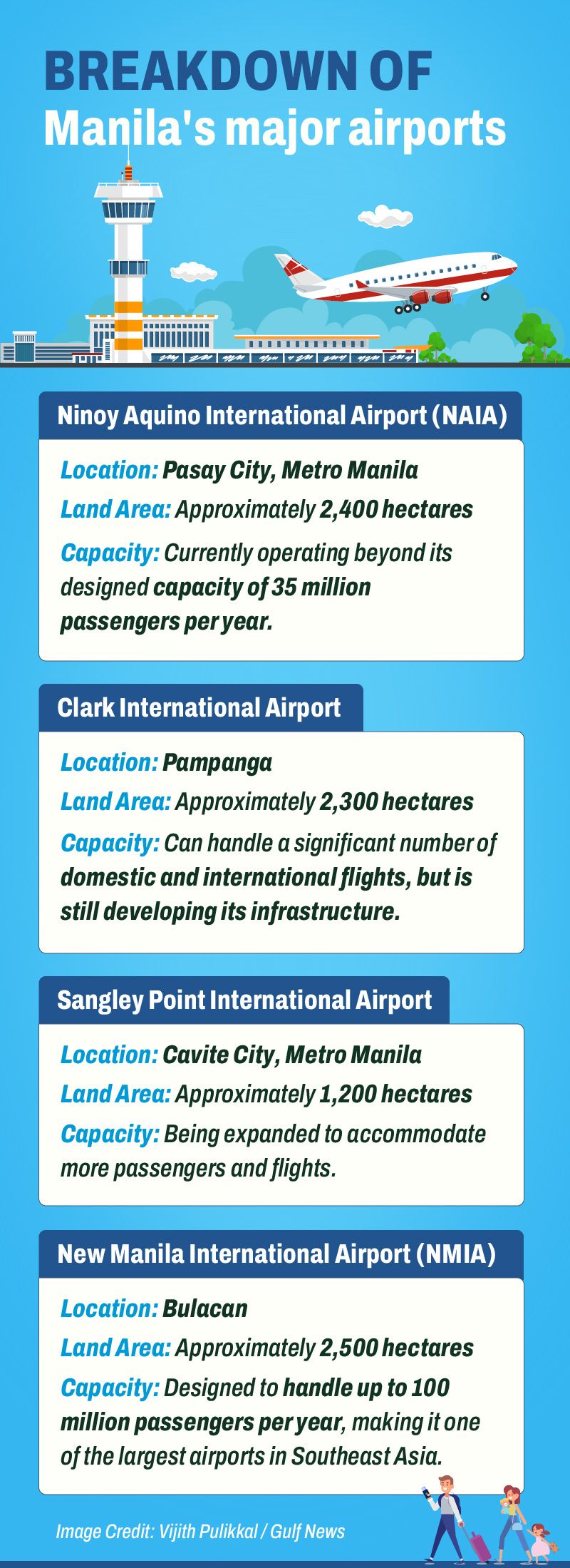
NAIA, despite recent upgrades and expansion projects, is struggling to keep up with this rising demand.
Many cities are served by more than one airport, typically to avoid congestion, and where there may be factors preventing expansion of existing airports.
For example, London (population: 9.7 million) is served by six airports, while five airports serve the greater Los Angeles (population: 12.6 million) area.
Manila currently has effectively just one international airport (NAIA), as Clark is considered a gateway serving central Luzon, and Sangley Point is only a domestic airport.
$12.4-billion new airport
The New Manila International Airport in Bulacan (NMIA), about 35.5 km north of Manila City, is still under construction.
At 764 billion pesos ($12.4 billion) it is one of the biggest private-sector-driven infrastructure projects in the country today.
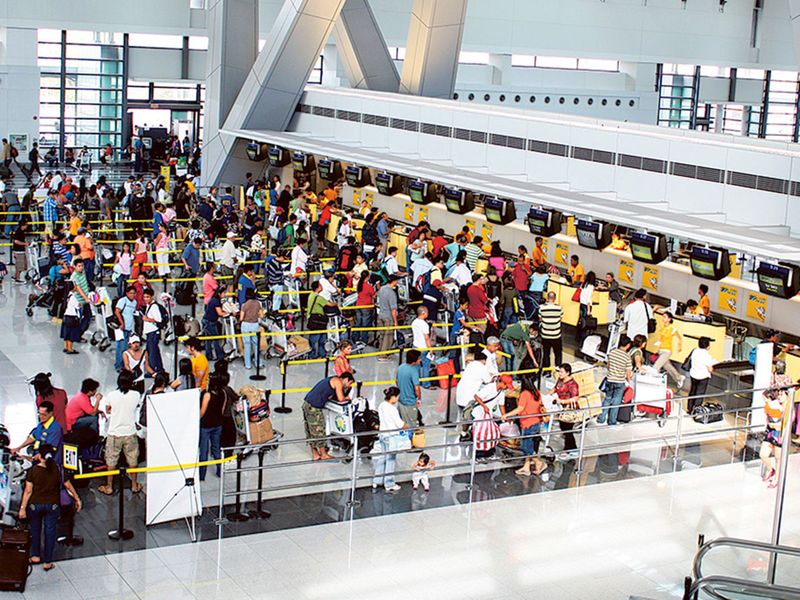
The Philippines’ Department of Transportation issued the Notice of Award in 2019 for the project to San Miguel Holdings Corp under a 50-year concession agreement. The airport is expected to be completed by 2027.
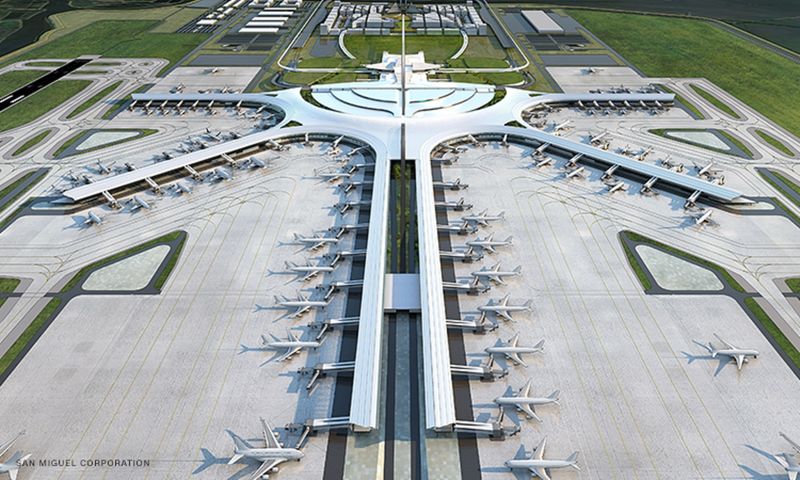
A new, modern airport is crucial to accommodate this growth and ensure the country's competitiveness in the global market.
The aviation gateway is a significant step towards addressing the country's aviation infrastructure needs.
The NMIA, once completed, is expected to alleviate the pressure on NAIA and provide a world-class gateway to the Philippines.
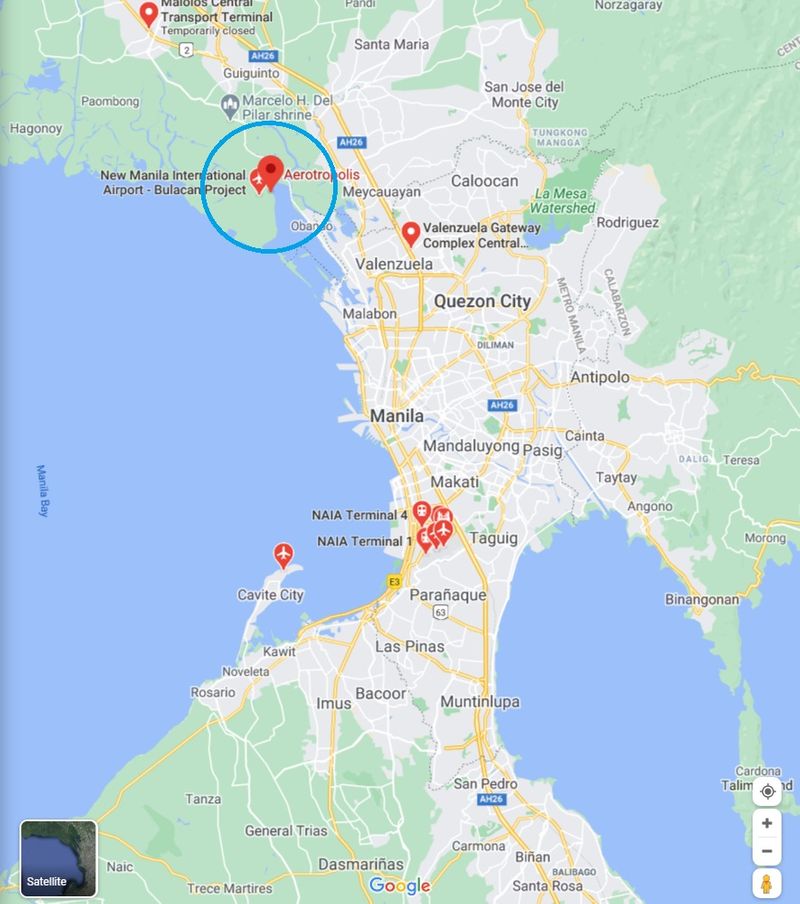
By offering modern facilities, efficient operations, and ample capacity, the new airport will contribute to the country's economic growth and enhance its global connectivity.
The NMIA will be a big help to the Philippines. It will be able to handle many more passengers and flights, making it easier for people to travel to and from the country. This will help boost the Philippine economy and make it more attractive to tourists and businesses.
Sangley Point International Airport (SPIA)
Located in Cavite, roughly 20 km southwest of Manila, its initial phase covers around 1,500 hectares. Planned as a dual-runway facility, SPIA aims to provide a major alternative to NAIA.
With a capacity of up to 25 million passengers annually in the first phase, future phases aim for up to 100 million.
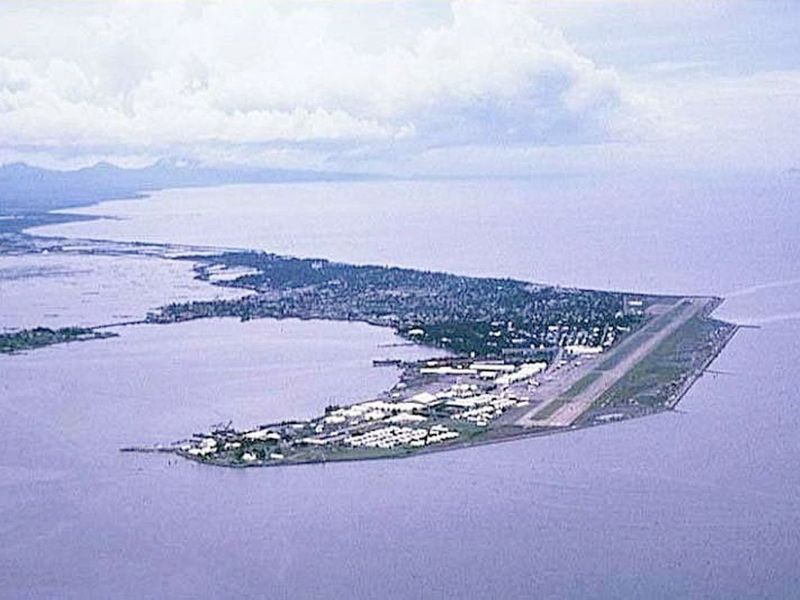
Sangley Point, like the New Manila International Airport, is also still under construction.
Clark International Airport
The Clark International Airport (CRK) located within the Clark Freeport Zone now makes headway in the aviation industry with modern passenger terminals, and rising passenger volume.
Serving as a gateway to the northern Philippines, CRK saw nearly 2 million passengers in 2023, a 158-per cent increase against 2022 numbers, and a substantial increase of 42 per cent against forecast for the year.
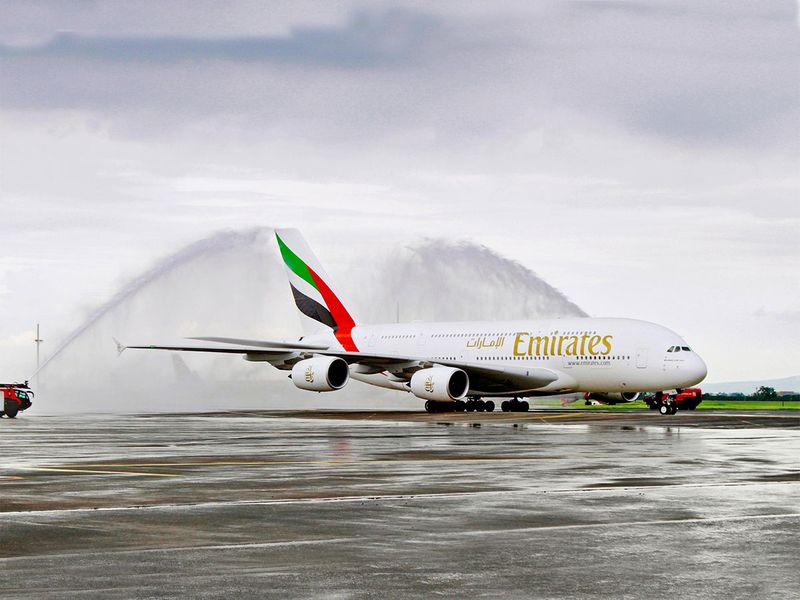
It currently hosts 128 flights a week for seven international airlines. The Clark Civil Aviation Complex, located within the Clark Freeport Zone in Pampanga, once the biggest American military base outside the US, covers an area of approximately 2,367 hectares with a 3,200-metre long runway and associated taxiways, aircraft parking apron, a passenger terminal building.
The complex also has a well-established repair, maintenance and related facilities.
Long-term strategy
The country's tourism sector is growing and its economy is among Asia's top performers. Sheer numbers at present show that having multiple airports would realise the strategic vision to distribute air traffic across the region and reduce delays.
Moreover, it could help bolster Manila's ability to compete as transit hub in Southeast Asia.
These projects reflect a growing emphasis on infrastructure to improve end-user experience, meet international standards and sustain long-term growth.






